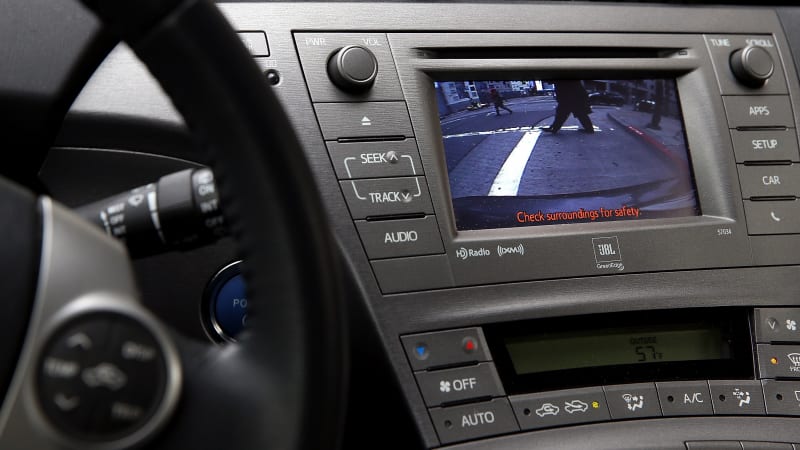Audi Repair Shop Doylestown
Call 267 279 9477 to schedule a appointment

A consortium of auto industry firms made up of the American Automobile Association (AAA), Consumer Reports, J.D. Power and the National Safety Council has created a proposal urging automakers to adopt standardized names for common automotive safety technologies. The full list of Advanced Driver Assistance System (ADAS) technologies, which can be seen at the bottom of this story, is broken into five categories and includes descriptions explaining how the tech functions and its potential benefits.
The suggestions aren’t meant to supplant the names that automakers use internally for their safety systems. Instead, says a joint press release from the group, the list “is meant to aid in reducing driver confusion and define the functions of ADAS in a consistent manner.” The list will be updated as new technologies come to market.
To drive home the point that these technologies need to be more clearly defined, AAA says that automakers use 40 different names to describe Automatic Emergency Braking and 20 for Adaptive Cruise Control. That’s clearly a problem.
Here’s the recommended list, broken down into five categories:
Driving Control Assistance
• Adaptive cruise control: Assists with acceleration and/or braking to maintain a prescribed distance between it and a vehicle in front. Some systems can come to a stop and continue.
• Active driving assistance: Assists with vehicle acceleration, braking, and steering. Some systems are limited to specific driving conditions. Driver is responsible for primary task of driving.
• Lane keeping assistance: Assists with steering to maintain vehicle within driving lane.
Collision Warnings
• Blind spot warning: Detects vehicles to the rear in adjacent lanes while in motion and alerts the driver to their presence.
• Forward collision warning: Detects impending collision while traveling forward and alerts driver. Some systems include pedestrian or other object detection.
• Lane departure warning: Monitors vehicle position within driving lane and alerts driver as the vehicle approaches or crosses lane markers.
• Parking obstruction warning: Detects obstructions near vehicle during parking maneuvers.
• Rear cross traffic warning: Detects vehicles approaching from the side and rear of vehicle while in reverse motion and alerts driver.
Collision Intervention
• Automatic emergency braking: Detects potential collisions while in forward motion, provides forward collision warning, and automatically applies the brakes to avoid or lessen the severity of impact. Some systems include pedestrian or other object detection.
• Automatic emergency steering: Detects potential collision and automatically controls steering to avoid or lessen the severity of impact. Some systems include pedestrian or other object detection.
• Rear automatic braking: Detects potential collision while traveling in reverse and automatically applies the brakes to avoid or lessen the severity of impact. Some systems include pedestrian or other object detection.
Parking Assistance
• Active parking assistance: Controls steering and potentially other functions during parking. Driver may be responsible for acceleration, braking, and gear position. Some systems are capable of parallel and/or perpendicular parking.
• Remote parking: Parks vehicle without driver being physically inside the vehicle. Automatically controls acceleration, braking, steering, and shifting.
Other Driver Assistance Systems
• Automatic high beams: Switches between high- and low-beam headlamps automatically based on lighting, surroundings, and traffic.
• Backup camera: Provides view of area behind vehicle when in reverse. Could include trailer assistance, a system that assists drivers during backing maneuvers with a trailer attached.
• Driver monitoring: Monitors drivers to determine whether they are actively engaged in the task of driving. Some systems monitor driver’s eye movement and head position.
• Head-up display: Projects image of vehicle data and/or navigational info into the driver’s forward line of sight.
• Night vision: Aids driver vision at night by projecting enhanced images on instrument cluster or head-up display.
• Surround-view camera Uses cameras located around vehicle to present view of surroundings.
from Autoblog https://ift.tt/2KFGcjz
